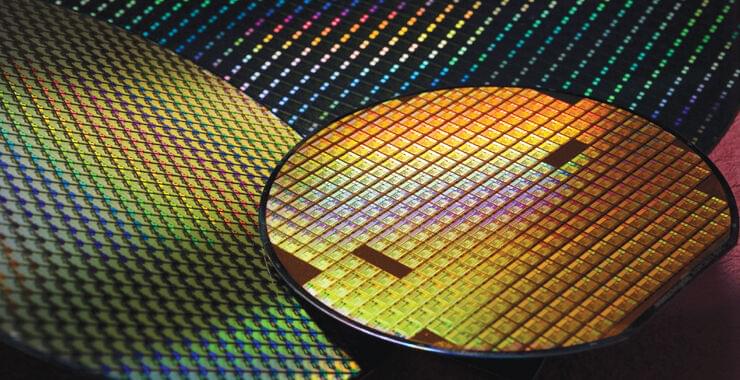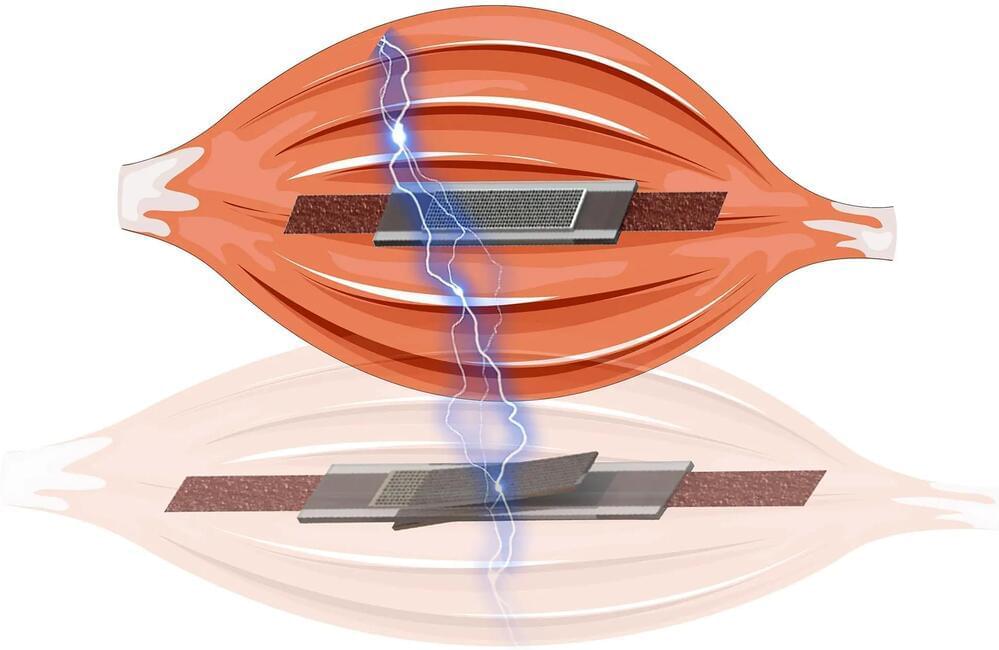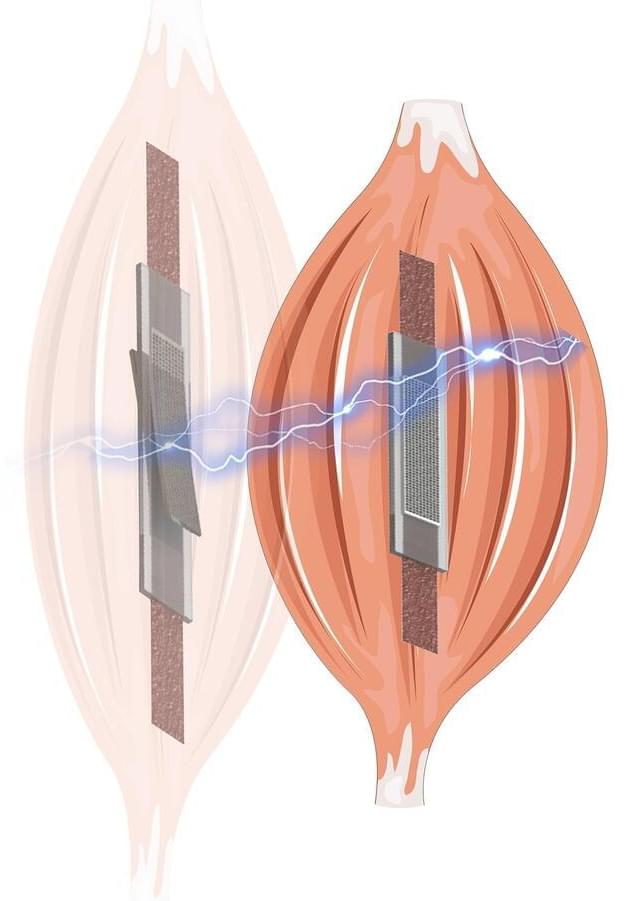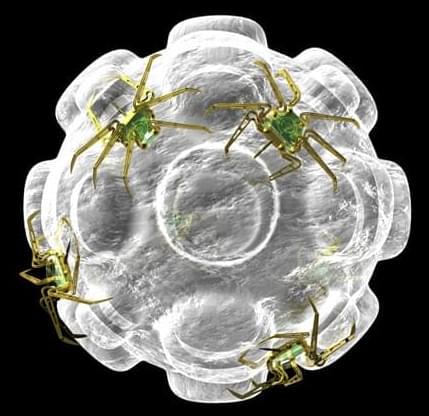Transhumanism — advocates strongly for humans to develop and make widely available sophisticated technologies that enhance human physiology and intellect greatly. In layman’s terms, transhumanists would like for human beings to become cyborgs; cybernetic organisms.
As such, transhumanist concepts feature greatly in science fiction. Cyborgs are commonly seen in all forms of science fiction media…
Concepts of transhumanism and the wish to improve human physiology beyond normal bounds comes from an age-old human desire. That desire is the desire for immortality. Such wishes have been expressed in literature and rhetoric as far back as the early Bronze Age.
It would still take quite some time after the industrial revolution for early transhumanist thinking to develop. Advanced technological growth could eventually allow humans to accomplish much more than a fully fit natural born and grown human can.
As of 2020, transhumanists are playing an established role in global politics in the west, with many of them even being elected to legislature within their respective states. For now, transhumanism just seems like a concept that may or may not be realized practically in the distant future, far beyond our lifetimes.
While being engrossed in our fantasies about the possibilities that may be brought about by cybernetic enhancements to the human body, we tend to forget the important minor details that are very easy to miss. In case of a parts malfunction leading to injury of other people, who is liable? The wearer or the manufacturer of the part?




